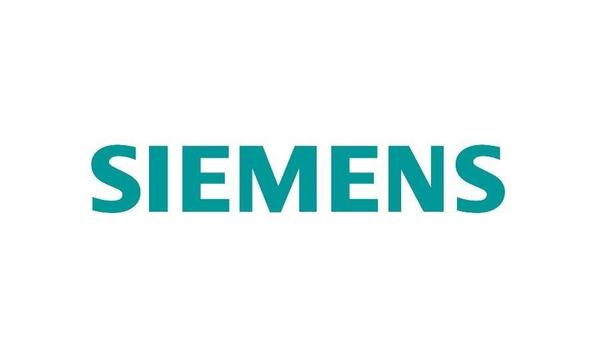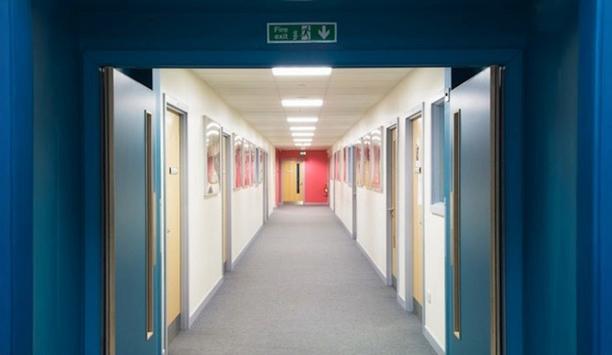The Electricity at Work Regulations 1989 is an essential document that sets out the regulations to be followed when in contact with electrical equipment. Where required, the document is updated to improve the safety of installation operations and living standards.
In more recent news, the 18th Edition of the IET Wiring Regulations was updated on 1st January 2019, requiring electricians to be up to date with new guidelines. Within BS 7671:2018, which is also known as IET Regulations, it states that electrical services passing between compartments must have adequate fire protection to prevent the spread of fires.
Fire stopping products house intumescent material which expands when exposed to fire, creating a fire seal to block fires and smoke from spreading between rooms.
IET Regulations
Fire-stopping products are made with intumescent, an effective seal to prevent fires and smoke from spreading Within buildings and properties, electrical wires and cables will either be housed in a consumer unit or fed between rooms from walls, ceilings, or floors. In the event that electrical cables overheat, fires can spread rapidly, resulting in severe damage to buildings and in worst-case scenarios, multiple fatalities.
Fire-stopping products are manufactured with intumescent, which provides an effective seal to prevent fires and smoke from spreading. Compartmentalizing fires and harmful smoke allows occupants to safely evacuate a building via a fire escape route.
Installation and Professionalism
Electrical installers must ensure that fire-stopping products designed for electrical services are installed correctly to achieve compliance with regulations. All duty holders are responsible for carrying out works to standard. There are multiple resources from establishments such as ASFP that set out the principles of fire safety and installation.
Passive fire products are rigorously tested to demonstrate their suitability to protect against serious fires. All products must be tested to British and European Standards to qualify as being fit for purpose.
The requirements of installing fire-stopping products are set out within Approved Document B of UK Government Regulations. Qualified electricians will also be required to keep up to date with IET Wiring Regulations which are consistently reviewed and changed.
A commonality of how fires begin within homes and buildings highlights the importance of fire protection for electrical services. Per year, over 9000 fires are caused by misuse of appliances, with faulty electrics and outdated outputs also impacting UK Fire Statistics.
What Products are Available?
Envirograf manufactures a range of effective passive fire products to suit the needs for protecting electrical equipment Envirograf manufactures a range of effective passive fire products to suit the needs for protecting electrical equipment. One of the foremost intumescent products for electricals, Product 20 – ECU Fire Protection System, is placed over electrical consumer units which act as a cover to protect against ignited cables.
The intumescent lining expands to form a barrier, preventing fire and smoke from spreading, potentially destroying homes. As part of this range, Enviroburst Tubes, SLM strips, and SCU sleeves. have also been manufactured for the protection of consumer units, including distribution boards, electrical and gas meters, and fuse boards.
- The top-selling Product 30 – Intumescent Gaskets are made in a variety of sizes and forms, compatible with Dry Lining Boxes, Metal Boxes, acoustic versions for dry lining and metal boxes are also available. A Ceiling Rose Gasket is also available.
- The range of Product 32 – Intumescent Downlight Covers and Cages are approved in accordance with Document B and E of UK Building Regulations. Designed with intumescent which prevents fires from spreading by creating a barrier. Downlight covers are placed over the light fitting and are not required to sit over transformers.
- The patented Product 110 – Firoblok Sleeves for Cable Baskets are designed with an internal thermal sponge to provide up to 2 hours of fire protection. The sponge expands when exposed to heat to form a barrier surrounding cables and services passing through the cable basket. This prevents fires from spreading between compartments within a building.















